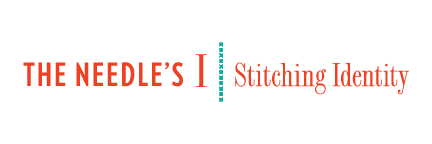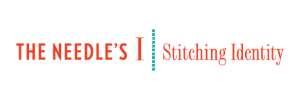Memory, craft, family

Ann Plato
Hartford, Connecticut; ca. 1835
Silk
Museum purchase with funds provided by the Henry Francis du Pont Collectors Circle 2018.0029a-d
Needles are powerful tools for making and metaphor. We stitch clothes and relationships together, rip apart seams and arguments, mend holes and hearts. With needles, we make and re-make ourselves and the world around us, yet most of that work has historically remained invisible, or at least unrecognized. The Needle’s I: Stitching Identity traces threads of memory, craft, and family that connect needleworkers past and present, finding an “I” in the needle’s proverbial eye.
Learning to sew, whether at the feet of one’s mother or at school, formed a crucial part of women’s education. Sewing instruction did not necessarily mean steady progression from marking sampler to needlework picture. Plain sewing and darning for one’s friends and family occupied far more time in women’s lives than decorative stitching, yet few objects capture American historical memory as effectively as a sampler. American ornamental needlework, much of what survives today in museum and private collections, should be considered in context with plain sewing and other needle arts. Nineteenth-century innovations such as the sewing machine and industrialized production dramatically altered the value and meaning of sewing by hand.
Only recently have stitchers and their art risen to prominence in craft and scholarship. Marla Miller’s The Needle’s Eye: Women and Work in the Age of Revolution, a pivotal examination of eighteenth- and early nineteenth-century identity, gender, and craft in the Connecticut Valley, shed much-needed light on this understudied topic and helped set the tone for a generation of scholarship. As Miller demonstrated, seams binding gender, labor, and a sense of self are tightly stitched. The needlewomen included in this exhibition plied needle and thread to record themselves, their families, and their place in the world.

